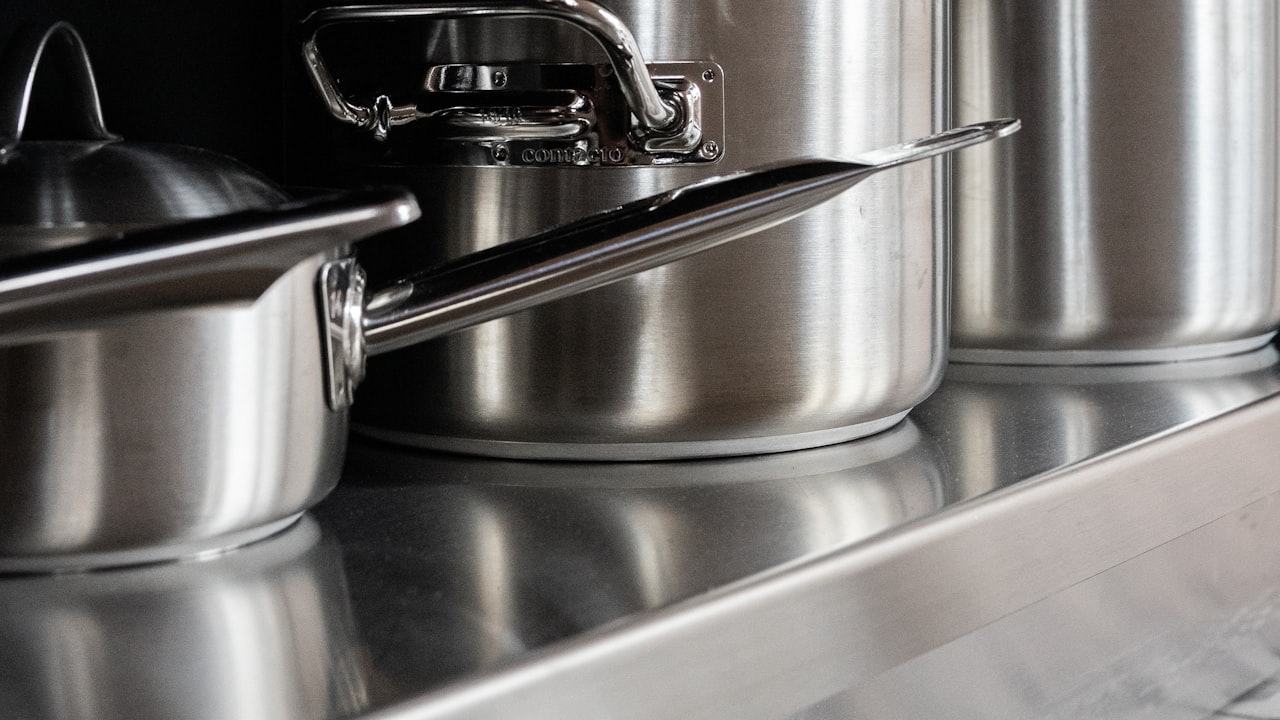One can grow and show off flowers and other plants in a flowerpot, also known as a planter, planterette, or plant pot. They have traditionally been fashioned of plain terracotta without any ceramic glaze and have a spherical shape with an inwardly tapering rim.
Flowerpots are typically constructed of plastic, but they can also be made of metal, wood, stone, and even occasionally biodegradable. Commercial greenhouses and polytunnels use trays with cells, with each cell serving as its pot for seedling initiation. Flats is a common term for these kinds of trays.
Flowerpots typically have drainage holes at the bottom to release surplus water, which you can then collect in a saucer underneath the pot.
This water can be used by the plant's roots as needed. In more recent years, flowerpots with an integrated reservoir and automatic watering system have become available. They come in various forms and sizes, including 5 gallon, 10 gallon, and 15 gallon pots.
How Practical Is a Plastic Pot, Really?
It's hard to find another material as versatile as plastic for use as planters. While some plastic planters are high-end and eye-catching, others are flimsy and unattractive. Plastic planting pots are always practical, whether you purchase a high-end decorative foamy plastic pot from an upscale garden center or repurpose a five-gallon bucket previously used to store bird seed.
There are a few positives to using a plastic container, like as Containers made of plastic are among the lightest available. These are one of the least costly options for plant containers. Plastic is the most versatile material, with hundreds of different styles of plastic pots available.
Plastic planters tend to hold up well to abuse. They might not break even if dropped from a great height. One can purchase plastic containers in various sizes, colors, and styles. From ultra-contemporary to classical, they can pass for natural materials like stone, concrete, or clay. They can be any color, pattern, and finish (from matte to glossy).
Outdoor spray enamel can be used to revitalize old, fading plastic containers. You could repurpose used plastic pots by inserting them into newer, more permanent containers made of metal or terracotta. A little TLC from plastic polish can bring sun-faded plastic flowerpots back to life.
How Do Nurseries Use Pots for Plants?
Plastic pots, often either round or square, are the standard for plant cultivation in nurseries. Some businesses actively promote recycling plastic plant containers and displays in their stores.
Some garden centers achieve this by not allowing customers to take home plants in their plastic growing pots, instead having them purchase a cardboard sleeve to transport the plant.
Mud pots or paper pots have also been utilized, and both of these pots have the benefit of making it easier to transplant plants. With these types of pots, the plant does not have to be removed from its container before planting; instead, the entire container, together with the plant, can be planted at the same time.
Also, since the container is biodegradable, it is unnecessary to recover it before selling the contents. While some paper pot systems are designed specifically for little plants, others are better suited to larger ones.


